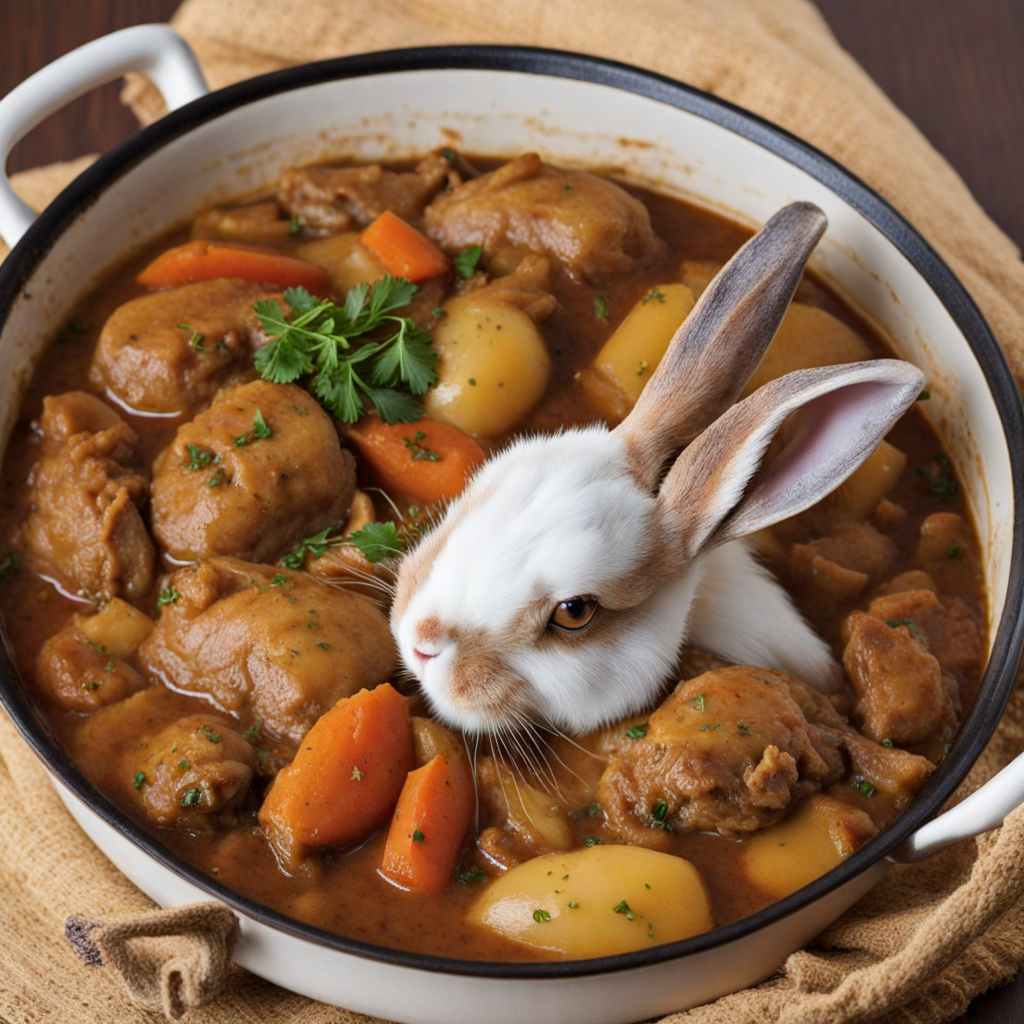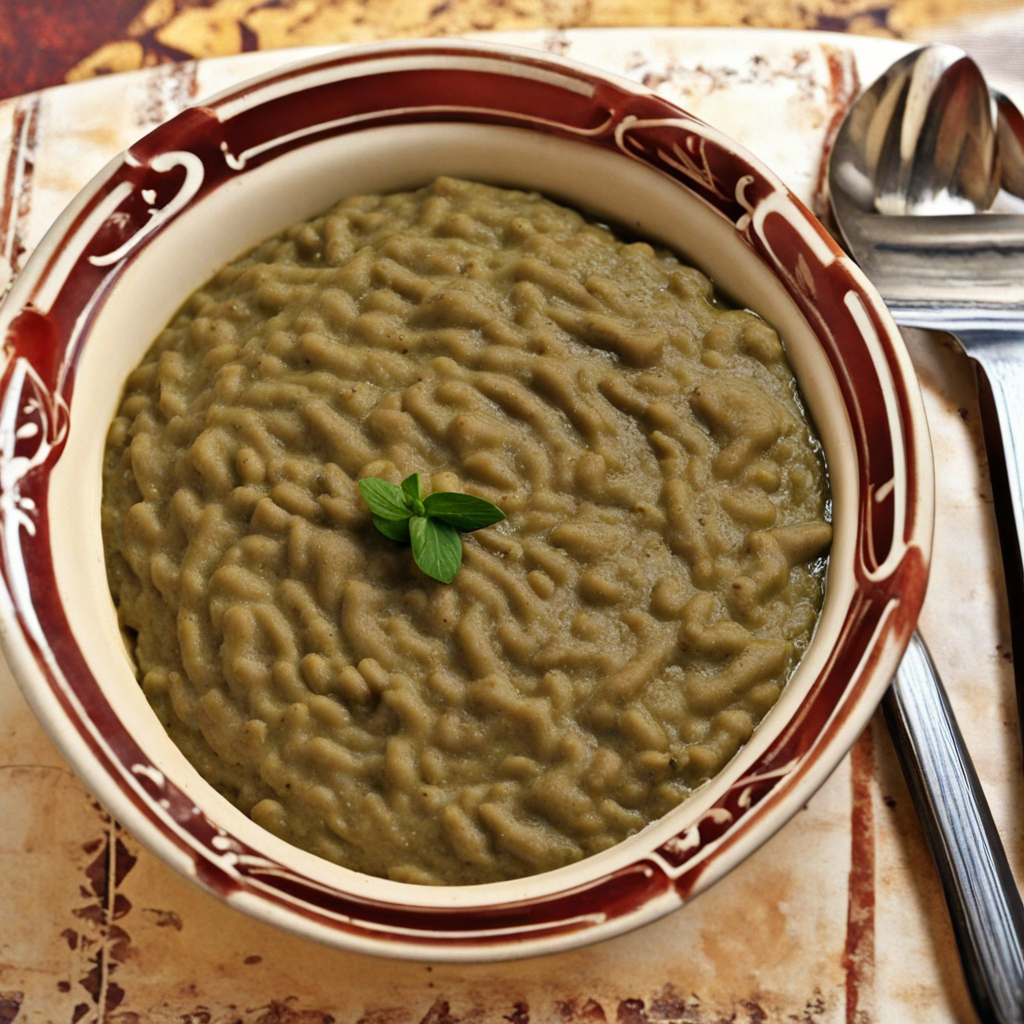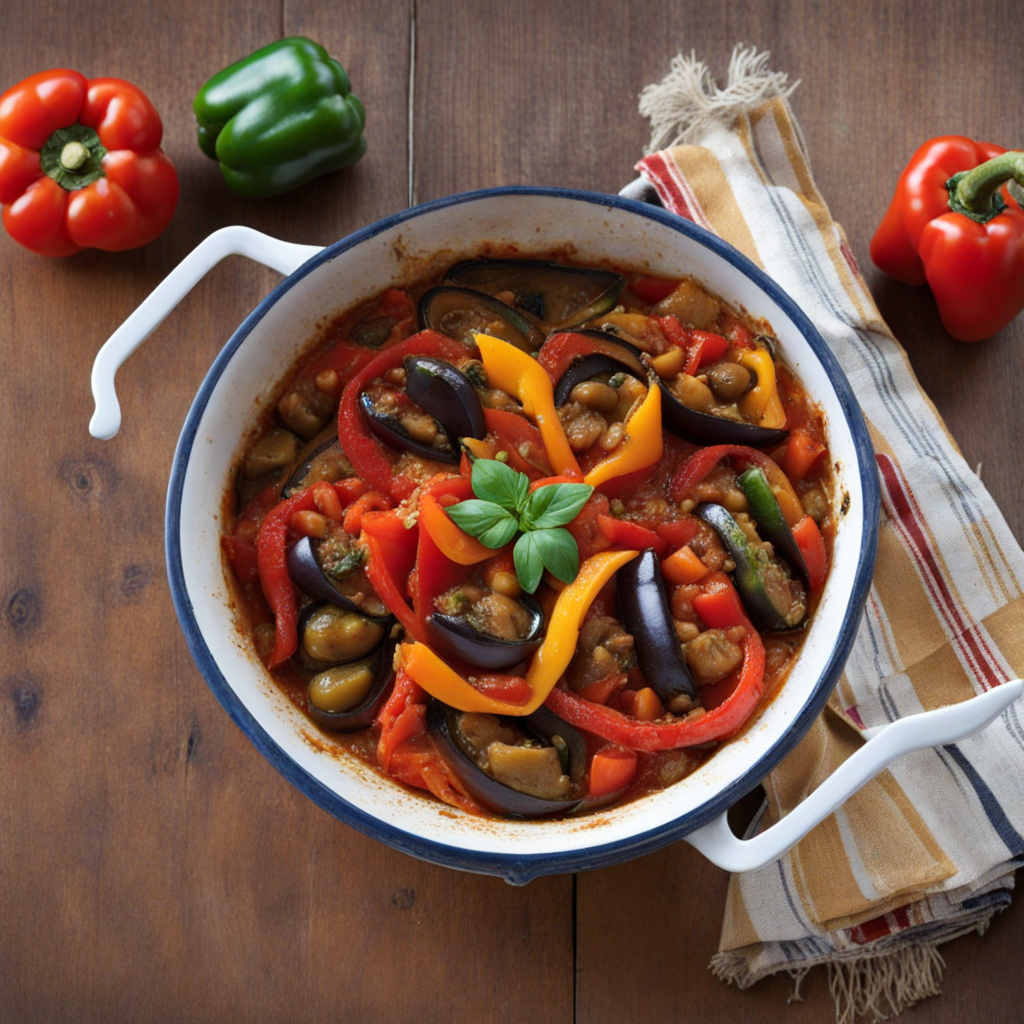Maltese Sausage
Maltese sausage, or "zalzett Malti," is a traditional delicacy that showcases the rich culinary heritage of Malta. This flavorful sausage is primarily made from minced pork, which is seasoned with an array of aromatic spices and herbs, including salt, black pepper, coriander seeds, and sometimes a hint of garlic. The blend of spices gives the sausage a distinctive taste that is both savory and slightly sweet, making it a unique addition to any meal. The use of natural casings enhances the texture, resulting in a satisfying bite that is both juicy and firm. The preparation of Maltese sausage often involves a time-honored method where the meat is mixed with the spices and then stuffed into casings before being tied off and left to cure. This process allows the flavors to meld beautifully, producing a depth of taste that is characteristic of Maltese cuisine. It can be enjoyed in various ways: grilled, pan-fried, or even slow-cooked in stews, where it infuses the dish with its robust flavors. Often served with crusty bread or alongside traditional sides like roasted vegetables, it embodies the essence of rustic Mediterranean cooking. Maltese sausage is not just a dish but a cultural experience, often enjoyed during festive occasions or family gatherings. Its presence on the table evokes a sense of community, as it is shared and savored among friends and loved ones. This sausage is also emblematic of Malta’s agricultural roots, with many locals crafting their own versions, each with a personal twist. For anyone looking to explore new culinary landscapes, tasting Maltese sausage offers a delightful journey into the heart of Malta’s food culture, where every bite tells a story of tradition and flavor.
How It Became This Dish
Zalzett Malti: A Culinary Treasure of Malta Zalzett Malti, or Maltese sausage, is more than just a flavorful meat product; it embodies the rich tapestry of Malta's history, culture, and culinary evolution. As one delves into the origins and significance of this beloved dish, one uncovers not just the unique flavors of the sausage itself but also the stories and traditions that have shaped its place in Maltese society. #### The Origins of Zalzett Malti The roots of Zalzett Malti can be traced back to various influences that have shaped Malta over centuries. The island has been a crossroads of civilizations, with Phoenicians, Romans, Arabs, Normans, Knights of St. John, and British occupying and influencing the culture. Each of these groups left an indelible mark on the culinary practices of Malta, including the art of sausage-making. Historically, sausages were a practical solution for preserving meat, especially in a Mediterranean climate. The use of pork in Zalzett Malti can be attributed to the Arab influence, as they introduced various spices and techniques to the island. The term "zalzett" is derived from the Arabic word "sujuk," which refers to a type of sausage. The traditional Maltese sausage is made primarily from minced pork, seasoned with a blend of spices such as salt, pepper, and a distinctive mix of herbs, which often includes fennel seeds and coriander. One of the defining characteristics of Zalzett Malti is the addition of wine—typically red wine—which enhances the flavor and acts as a preservative. #### Cultural Significance Zalzett Malti occupies a prominent place in Maltese culinary culture. It is not merely a food item; it is a symbol of local identity and tradition. The preparation and consumption of Zalzett Malti are often associated with communal gatherings, family celebrations, and festive occasions. It is common to find this sausage served during feasts, particularly during the celebration of local patron saints, where food plays a central role in the festivities. The sausage is also emblematic of Maltese hospitality. When visitors arrive at a Maltese home, it is customary to offer them Zalzett Malti, often grilled or fried, accompanied by crusty bread and local cheese. This gesture reflects the warmth and generosity inherent in Maltese culture, where food acts as a bridge between people and a means of fostering relationships. #### Development Over Time As Malta's history unfolded, so too did the production and consumption of Zalzett Malti. During the time of the Knights of St. John, the island became known for its fortified settlements and thriving agriculture. The Knights valued local products, and the craftsmanship involved in sausage-making flourished. The use of spices became more refined, and recipes were passed down through generations, ensuring that the essence of Zalzett Malti was preserved. In the 19th century, Malta experienced significant political and social changes, including British colonization. This period saw an increase in trade and the introduction of new ingredients, which influenced the local cuisine. While the core elements of Zalzett Malti remained unchanged, the availability of different spices and condiments allowed for greater experimentation in flavor profiles. With the rise of industrialization in the 20th century, the production of Zalzett Malti began to shift. While many families continued to make their own sausages at home using traditional methods, commercial production also emerged. Local butchers began offering Zalzett Malti, ensuring that this culinary staple was accessible to a broader audience. Despite this commercialization, many families still cling to their cherished recipes, often involving secret spices or methods that have become part of their family lore. #### Modern Interpretations and Global Influence In recent years, Zalzett Malti has gained recognition beyond the shores of Malta. As the world becomes more interconnected, Maltese cuisine has begun to find its place on the global culinary stage. Chefs and food enthusiasts alike have embraced Zalzett Malti, incorporating it into a variety of dishes, from pasta sauces to gourmet pizzas. This adaptation reflects the growing appreciation for traditional foods and the desire to explore their potential in modern gastronomy. The rise of food tourism has also played a role in elevating the status of Zalzett Malti. Visitors to Malta are eager to experience the local cuisine, and Zalzett Malti is often highlighted as a must-try dish. Food festivals celebrating Maltese culture feature Zalzett Malti prominently, where local producers showcase their artisanal methods and unique recipes. This resurgence has not only fostered a sense of pride among locals but has also sparked interest in preserving traditional food practices. #### Conclusion Zalzett Malti stands as a testament to Malta's rich culinary heritage, encapsulating centuries of history, cultural exchange, and communal spirit. From its humble beginnings as a practical solution for preserving meat to its status as a symbol of Maltese identity, this sausage tells a story that resonates with both locals and visitors alike. As Malta continues to evolve, the future of Zalzett Malti appears bright. The ongoing commitment to preserving traditional recipes while embracing modern culinary trends ensures that this beloved sausage will remain a cherished part of Maltese culture for generations to come. Whether enjoyed at a festive gathering, a family meal, or a trendy restaurant, Zalzett Malti is a delicious reminder of Malta's vibrant history and the flavors that connect its people.
You may like
Discover local flavors from Malta






